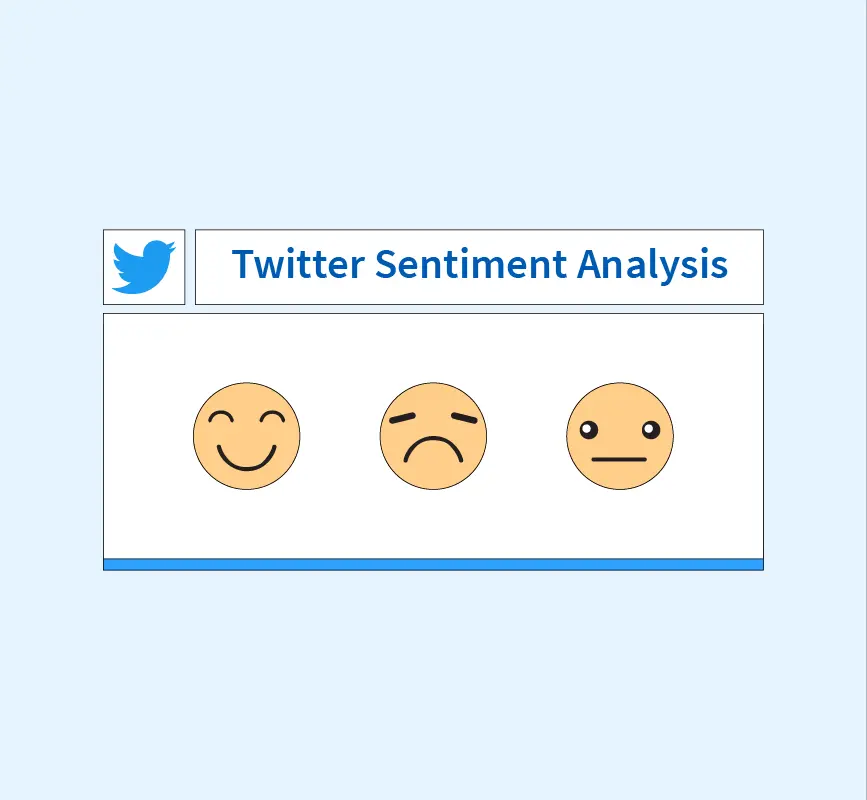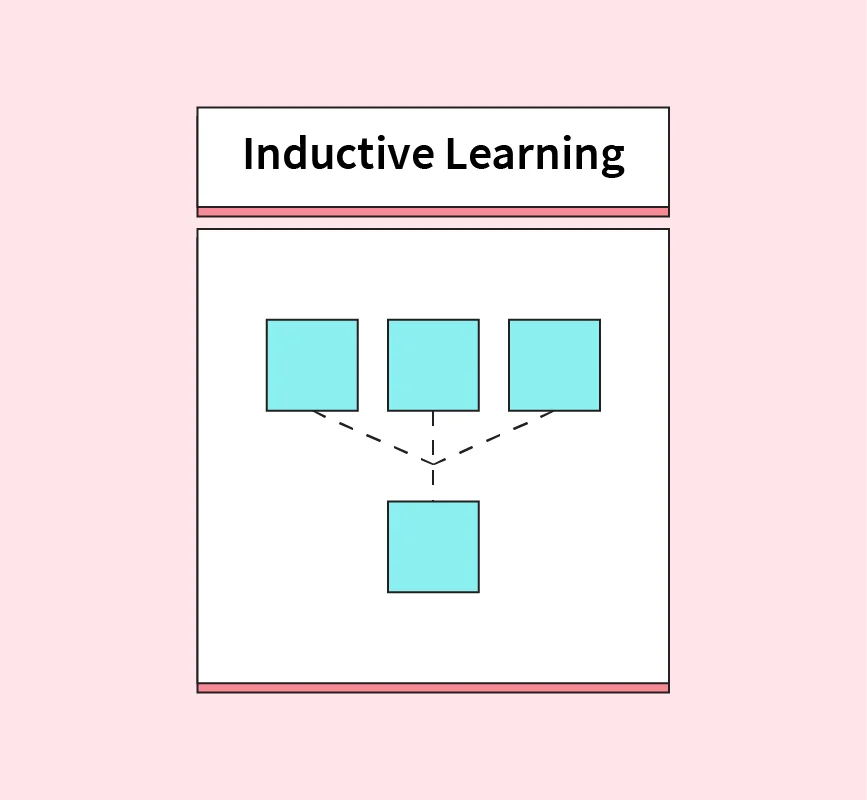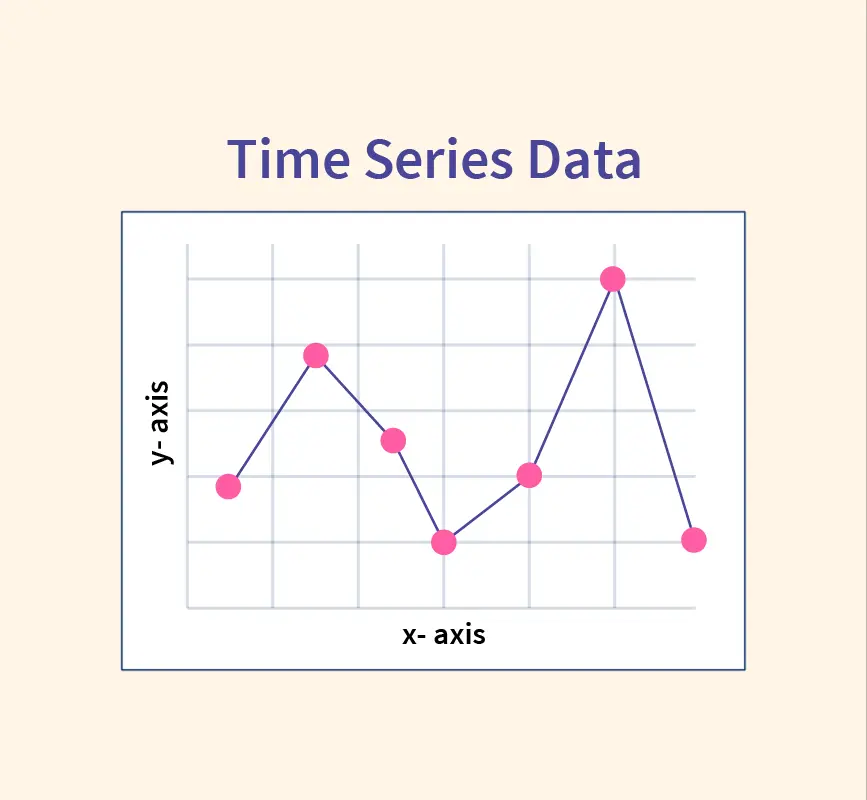Reasoning in artificial intelligence is the process of deriving logical conclusions from available data, rules, and prior knowledge. It enables AI systems to make informed decisions, solve problems, and simulate human-like intelligence.
Reasoning is essential in expert systems, decision-making, and automated problem-solving, allowing AI to infer new knowledge, validate information, and adapt to dynamic environments.
AI systems use different types of reasoning, including deductive, inductive, abductive, analogical, and fuzzy reasoning, each suited for specific problem-solving approaches. Understanding these methods helps in building intelligent systems capable of logical decision-making and adaptive learning.
What is Reasoning in Artificial Intelligence?
Reasoning in artificial intelligence refers to the ability to draw logical conclusions based on facts, knowledge, and rules. It enables AI systems to analyze given information, make predictions, and derive new insights without human intervention.
AI uses reasoning to simulate human intelligence by processing data, recognizing patterns, and applying logical inference to reach decisions. Unlike simple rule-based automation, reasoning allows AI to handle uncertain, incomplete, or ambiguous data and still produce meaningful conclusions.
Reasoning vs. Learning vs. Problem-Solving
- Reasoning involves inferring conclusions from known information.
- Learning focuses on improving performance over time by identifying patterns in data.
- Problem-solving is the broader process of finding solutions to specific challenges using reasoning and learning.
Types of Reasoning in AI
AI systems rely on different types of reasoning to process data, infer conclusions, and make intelligent decisions. Each reasoning type plays a crucial role in various AI applications.
1. Deductive Reasoning
Deductive reasoning moves from general rules to specific conclusions. If the premises are true, the conclusion must also be true.
Example:
- All humans are mortal.
- John is a human.
- Therefore, John is mortal.
Applications:
- Used in rule-based AI systems like expert systems and logical inference engines.
- Applied in mathematical proofs and formal logic for precise decision-making.
2. Inductive Reasoning
Inductive reasoning moves from specific observations to general conclusions. Unlike deduction, the conclusion may not always be correct.
Example:
- All observed swans are white.
- Therefore, all swans are white.
Applications:
- Used in machine learning models, where AI generalizes from sample data to make predictions.
- Common in data analysis and pattern recognition tasks.
3. Abductive Reasoning
Abductive reasoning infers the best possible explanation for observed facts, even if certainty is not guaranteed. It is often used when data is incomplete.
Example:
- The ground is wet.
- It probably rained.
Applications:
- Used in medical diagnosis systems, where symptoms suggest a probable disease.
- Helps in fault detection in engineering and cybersecurity.
4. Analogical Reasoning
Analogical reasoning compares a new situation with past experiences to draw conclusions. It assumes that if two situations are similar, their solutions may also be similar.
Example:
- This problem is similar to a past one.
- The same solution should work.
Applications:
- Used in case-based reasoning systems, such as legal AI and decision-support systems.
- Helps in problem-solving and recommendation engines.
5. Common Sense Reasoning
Common sense reasoning allows AI to apply general world knowledge to reason logically, similar to human intuition.
Example:
- If a cup falls, it will likely break.
Applications:
- Essential in robotics for real-world interactions.
- Used in natural language processing (NLP) for context-aware AI responses.
6. Monotonic Reasoning
Monotonic reasoning means that new information does not change previous conclusions. Once a fact is established, it remains valid.
Applications:
- Used in mathematical proofs, database systems, and logical programming.
- Common in traditional AI systems where knowledge is fixed.
7. Non-Monotonic Reasoning
Non-monotonic reasoning allows AI to update or revise conclusions based on new information.
Example:
- Birds can fly.
- But penguins cannot.
Applications:
- Used in dynamic AI systems like self-driving cars, where real-time data updates decisions.
- Applied in automated reasoning and robotics.
8. Fuzzy Reasoning
Fuzzy reasoning handles uncertainty and imprecise data by allowing partial truths rather than absolute ones.
Example:
- The water is warm (subjective evaluation).
Applications:
- Used in control systems, such as air conditioners, traffic management, and robotics.
- Helps in AI-powered recommendation engines for personalized suggestions.
Applications of Reasoning in AI
Reasoning enables AI systems to make decisions, solve problems, and adapt to new situations. Different reasoning methods are applied in various real-world AI applications.
- Expert Systems: Expert systems use rule-based reasoning to analyze facts and provide decisions similar to human experts. They follow deductive reasoning to apply predefined rules for logical conclusions.
Application: AI-powered legal and financial advisory systems. - Medical Diagnosis: AI systems in healthcare use abductive and inductive reasoning to diagnose diseases based on symptoms and medical records. They suggest the most probable causes of an illness.
Application: AI-assisted diagnosis tools in radiology and pathology. - Robotics: Autonomous robots rely on common sense reasoning to interact with the environment and fuzzy reasoning to handle uncertainties.
Application: AI-powered home assistants and industrial robots. - Autonomous Vehicles: Self-driving cars use non-monotonic reasoning to adapt to real-time traffic conditions, adjusting decisions based on new information.
Application: AI-based navigation and collision avoidance systems.
Conclusion
Reasoning is a fundamental aspect of artificial intelligence, enabling systems to derive logical conclusions, make informed decisions, and solve complex problems. It allows AI to analyze data, recognize patterns, and adapt to changing environments.
Different types of reasoning, such as deductive, inductive, abductive, analogical, and fuzzy reasoning, are applied in various AI applications, including expert systems, robotics, medical diagnosis, and autonomous vehicles. Each reasoning type helps AI process information efficiently and improve decision-making accuracy.
By integrating advanced reasoning techniques, AI continues to enhance automation, intelligence, and adaptability, making it more effective in handling real-world challenges.
References:


